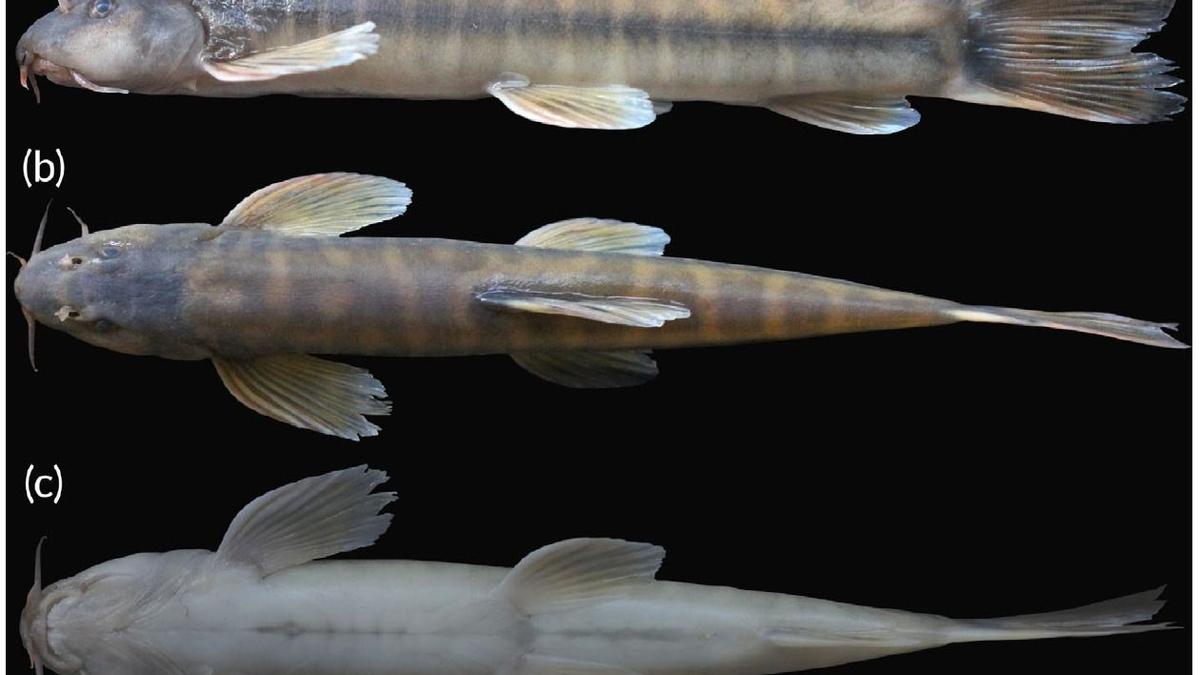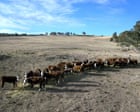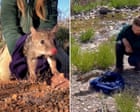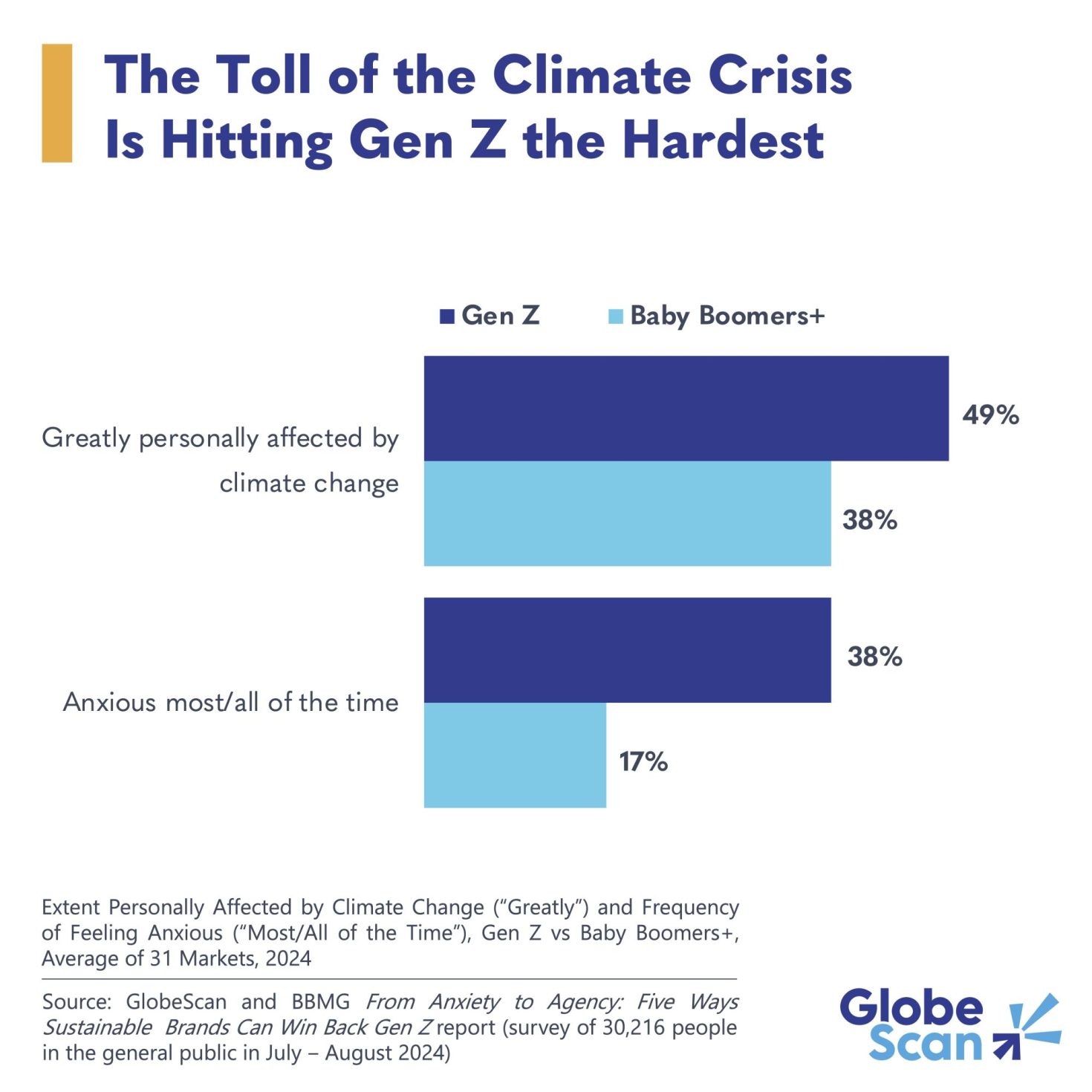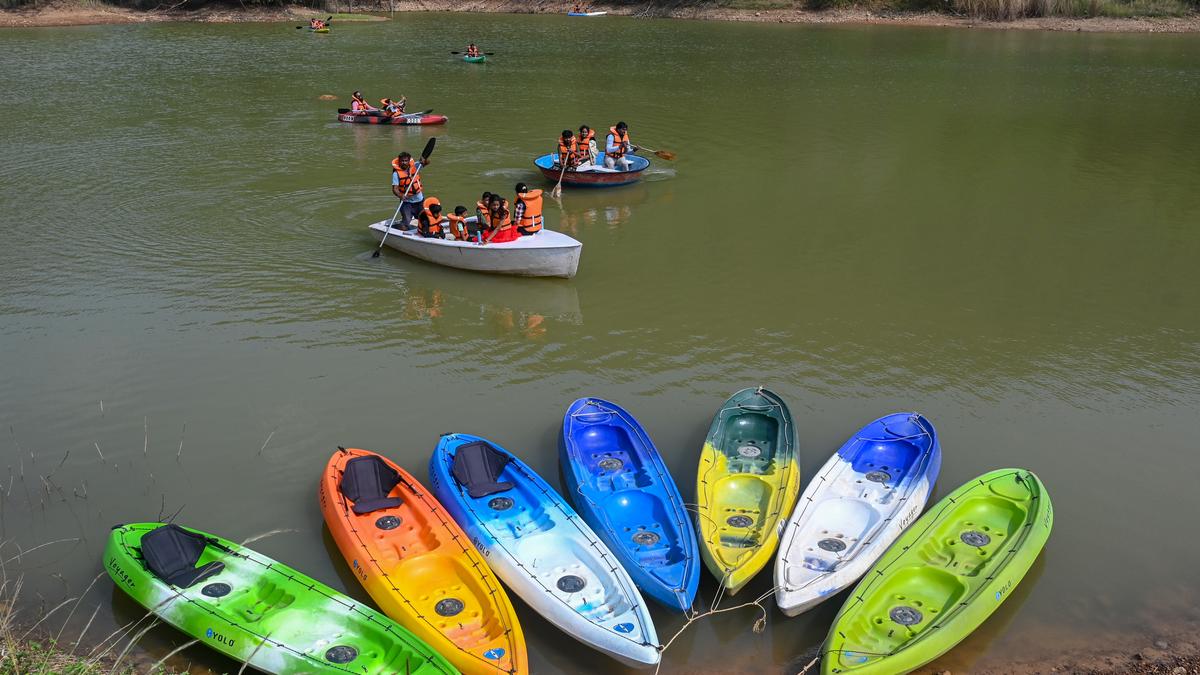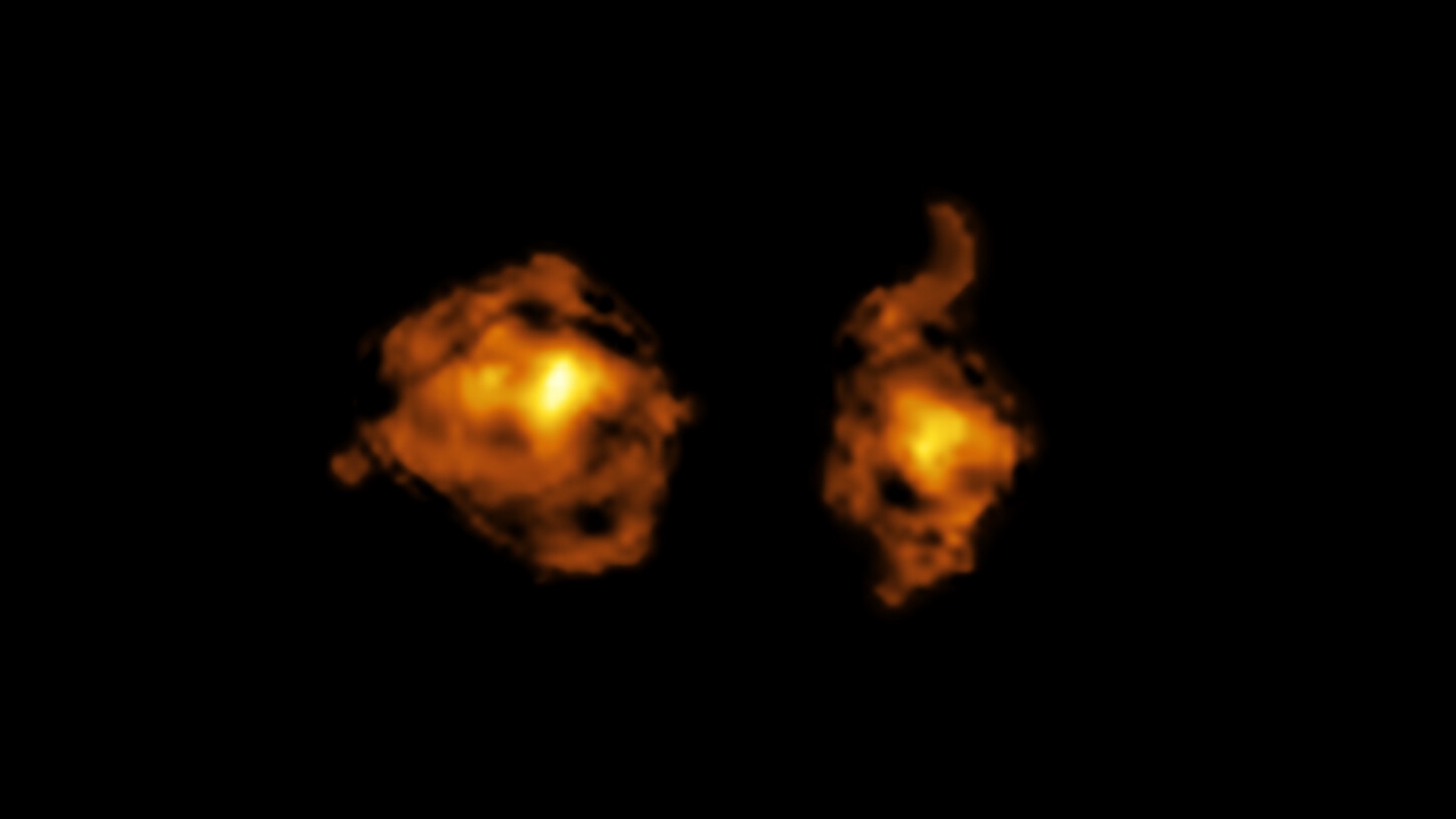‘Very odd’ 40-foot-long marine reptile stalked prehistoric Canada
Traskasaura sandrae lived during the Cretaceous Period and had an impressive set of teeth. The post ‘Very odd’ 40-foot-long marine reptile stalked prehistoric Canada appeared first on Popular Science.

The infamous Tyrannosaurus rex is not the only dinosaur species that North America is famous for. The continent can now boast about a “very odd” genus of elasmosaur. Elasmosaurs themselves were some of the some of the largest plesiosaurs–or a group of extinct marine reptiles–to have ever lived. Now, this new species of these long-necked plesiosaurs that looked like mythological sea monsters is officially named in a recent study published in the Journal of Systematic Palaeontology.
Say hello to Traskasaura sandrae. Measuring almost 40 feet long, fossil evidence shows that this reptile had very heavy, sharp, and robust teeth ideal for crushing its prey. Traskasaura also appears to have a strange mix of primitive and more evolved traits unlike other elasmosaur paleontologists have studied. This unique suite of adaptations allowed this type of pleiosaur to hunt its prey from above. It could have been the first plesiosaurs to do so.
The 36 well-preserved cervical vertebrae and 50 neck bones indicate that Traskasaura had a very long neck. While not much is known about its behavior, the “fascinating and long list of autapomorphic characters” of the bones indicate it could have been a strong downward swimmer.

This combination of unusual physical features potentially relates to its hunting style. It could have used its strong downward swimming skills to dive down on its prey from above. It likely preyed upon the abundant ammonites known from the region. Traskasaura’s robust teeth could have crushed their shells to get to their fleshy insides, according to study co-author and Marshall University paleontologist F. Robin O’Keefe.
While the species is newly named, the 85-million-year-old fossils that helped scientists name it are not new to science. In 1988, the first elasmosaur fossils that would eventually be categorized Traskasaura were discovered among rocks dating to the Late Cretaceous along the Puntledge River on Vancouver Island. Additional fossils have been recovered in the more than three decades since, including an isolated right humerus and a well-preserved, juvenile skeleton made up of a thorax, girdles, and limbs. In total, three specimens from Haslam Formation of Vancouver Island are part of the collection detailed in the new study.

The fossils themselves were first scientifically described in 2002. However, the specimens only recently became famous. The Canadian Province of British Columbia declared elasmosaur as the official fossil emblem of British Columbia. This official designation by the government followed a five-year effort by paleontology enthusiasts and even a province-wide public poll in 2018. Elasmosaur received 48 percent of that vote.
“Plesiosaur fossils have been known for decades in British Columbia,” O’Keefe said in a statement. “However, the identity of the animal that left the fossils has remained a mystery, even as [they] were declared BC’s provincial fossil in 2023. Our new research published today finally solves this mystery.”
[ Related: This giant polar reptile once stalked an ancient super-ocean. ]
According to O’Keefe, an expert on marine reptiles from the Age of Dinosaurs, the scientific confusion about categorizing this skeleton was largely due to its strange mixture of both primitive and more evolved characteristics. For example, the shoulder is unlike any other plesiosaur she has ever seen. When O’Keefe first saw these fossils and realized they represented something new, she initially thought it could be related to other specimens from the Antarctic.
“My Chilean colleague Rodrigo Otero thought differently, and he was right,” said O’Keefe. “Traskasaura is a strange, convergently evolved, fascinating beast.”
During the initial description of the fossils in 2002, experts were reluctant to create a whole new genus based solely on one adult skeleton. However, a new “excellently preserved” partial skeleton enabled the team from Canada, Chile, and the United States to understand more on the Puntledge River elasmosaur’s morphology. The result is this new genus and species.
“With the naming of Traskasaura sandrae, the Pacific Northwest finally has [a] Mesozoic reptile to call its own,” O’Keefe added. “Fittingly, a region known for its rich marine life today was host to strange and wonderful marine reptiles in the Age of Dinosaurs.”
The post ‘Very odd’ 40-foot-long marine reptile stalked prehistoric Canada appeared first on Popular Science.



